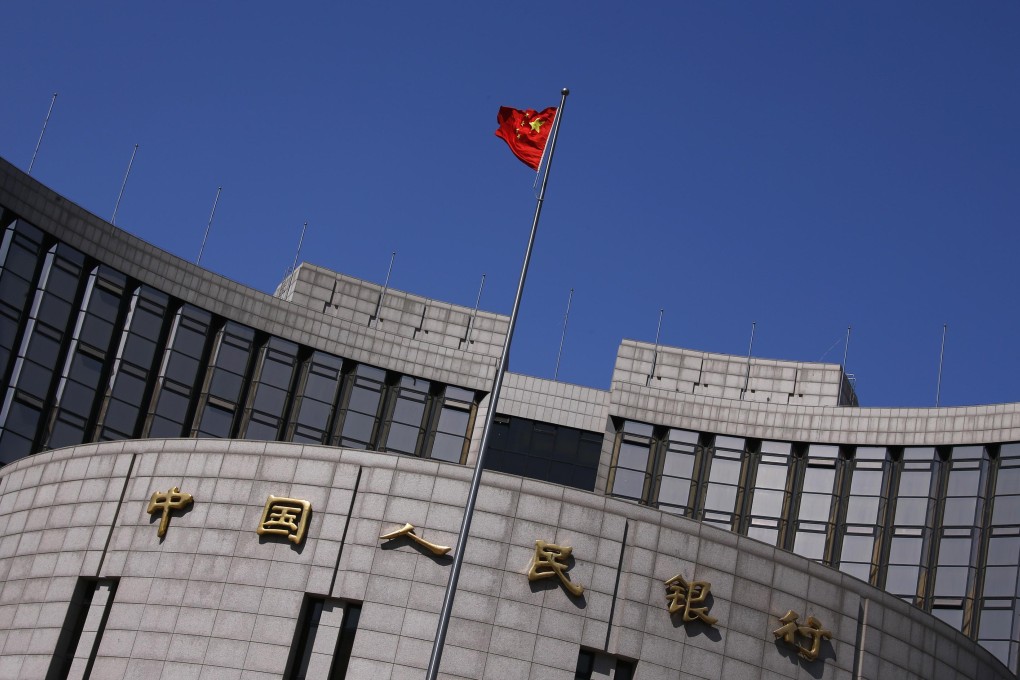Macroscope | Deleveraging and repricing the China risk premium
A continued credit expansion may be more prudent than abrupt tightening as liquidity support is needed for reasonable growth

The question about mainland deleveraging is not whether it will be done, but how. Given the significant distortion in such a large system, drastic measures could entail unintended adverse consequences.
Data from the People's Bank of China shows the country's stock of aggregate financing, or total social financing, reached 123 trillion yuan (HK$156 trillion), some 193 per cent of gross domestic product, by the end of 2014. Total social financing (TSF) growth has outpaced nominal GDP growth by an average of 5.6 percentage points since 2006, and by 6.4 percentage points in 2014.
If China's nominal GDP were to grow at the same 7.9 per cent rate as it did last year, which is what the market is expecting, and if Beijing wants to deleverage the economy at a constant nominal GDP growth rate, TSF growth would have to decelerate by more than 6.4 percentage points from last year.
This would mean monetary policy tightening, which is unlikely when excess capacity, weak exports, structural reforms and property market contraction are inflicting a deflationary drag on growth. The downside risk of growth is likely to dominate Beijing's credit policy such that it will tend to adopt an easing bias until growth stabilises.
So in the short term, credit-to-GDP may rise even further, albeit more slowly. A continued credit expansion may be more prudent in the current environment than abrupt tightening as liquidity support for reasonable growth is needed if structural reforms are to succeed while maintaining systemic stability. Given the mainland's small external debt, strong household balance sheet and a closed capital account that acts to shield the domestic banking system from external shocks, the scope for a debt-currency crisis is limited in the medium term.
Although the headline leverage ratio may still rise in the short term, Beijing has started to pare the country's debt burden by reducing local government debt-servicing costs.

